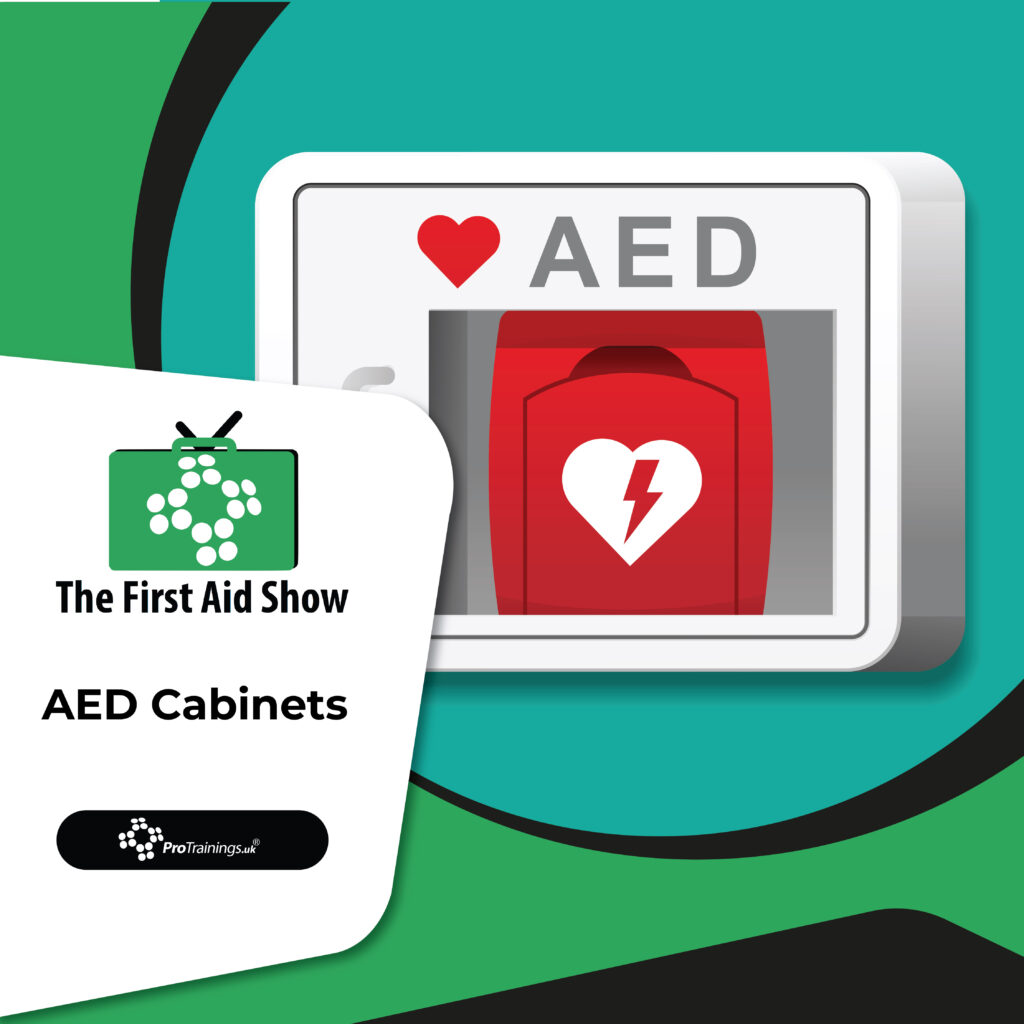AED Cabinets: Lifesaving Accessibility
AED cabinets play a crucial role in the accessibility and functionality of public access defibrillators. When someone suffers a sudden cardiac arrest, the swift response of bystanders is often their only chance of survival. Immediate activation of emergency services through a 999 call, coupled with prompt initiation of cardiopulmonary resuscitation (CPR), is vital.
Why Quick Access to AEDs is Crucial
For those experiencing a sudden cardiac arrest, the timely delivery of an electric shock from a defibrillator is often necessary to restore a regular heart rhythm. Research indicates that delivering a shock within three minutes of cardiac arrest offers the highest survival rates. Each minute’s delay significantly diminishes these chances. Given these constraints, it is unlikely that ambulance services will arrive and administer the necessary shock within this critical timeframe. Therefore, having AED cabinets readily accessible to the public is essential.
Public Access to Defibrillators
The demand for defibrillators in public spaces is increasing. These devices are designed for simplicity, allowing individuals without prior training to use them effectively and safely. This ease of use, combined with immediate CPR, significantly boosts the chances of survival following cardiac arrest.
Optimal Storage with AED Cabinets
To ensure that defibrillators are both secure and readily accessible, they should be housed in high-quality external cabinets. These cabinets safeguard the sensitive equipment from environmental conditions while keeping them accessible to the community. An ideal AED cabinet will feature a high ingress protection (IP) rating, such as IP66, ensuring it is resistant to both water and dust.
Features of a Well-Designed AED Cabinet
A well-designed AED cabinet will be clearly marked with signage to increase visibility and awareness. Options include both locked and unlocked cabinets. For locked cabinets, the access code is typically registered with local ambulance services, who provide it during emergency calls to ensure swift access. Cabinets should also have a viewing window to allow for easy inspection of the AED’s operational status without needing to open the cabinet. This feature helps passersby confirm that the defibrillator is ready for use.
Conclusion
Installing an AED cabinet in a strategic, well-marked location enhances the visibility and accessibility of life-saving equipment. It ensures that members of the public can respond effectively to emergencies, significantly improving survival rates in cases of sudden cardiac arrest. By integrating these cabinets into public spaces, communities take a vital step toward enhancing public safety and preparedness.


